Every year, the first cold days play havoc with TPMS (tire pressure monitoring systems). If your dashboard TPMS light has ever lit up on a colder-than-normal day, chances are there may be nothing wrong with your tires or wheels. It could be that the air pressure in your tires has been affected by the cold. While you’re always welcome to stop by Les Schwab to have your tire pressure checked anytime you see the TPMS indicator, here’s why your low-pressure tire light comes on and what to do when it happens to you.
Tire pressure can decrease about 1 PSI (pounds per square inch) for every 10 degrees the temperature drops. It’s not due to air escaping, but rather the air inside the tire condensing. Once it does that, it takes up less space inside the tire. When a tire drops below the recommended fill pressure, the TPMS light comes on. Thankfully, that pressure change is usually temporary. Driving will often heat up the tire and the air inside, increasing the tire’s pressure.
Please Note: Tires routinely lose 1 PSI per month as air escapes around the edge of the rim and through the tread itself. This is completely normal, which is why you should have your tire pressure checked and topped off every month at Les Schwab.
If the TPMS light does not go off after the tires have heated up, bring your tires up to the proper pressure or have your air pressure checked at Les Schwab. If it still does not turn off, you may need to reset the TPMS light.
The tire pressure light (or low-pressure indicator) is just one part of the TPMS system. Some vehicles have two dash indicators.
The low-pressure indicator looks like an exclamation point in the middle of an open-top, flat tire. This lights up when the pressure in one or more of your tires falls below the recommended fill pressure.
The TPMS light, available in some vehicles, may light up indicating an issue with the tire pressure monitoring system, such as a dead battery in one of the tire-pressure sensors.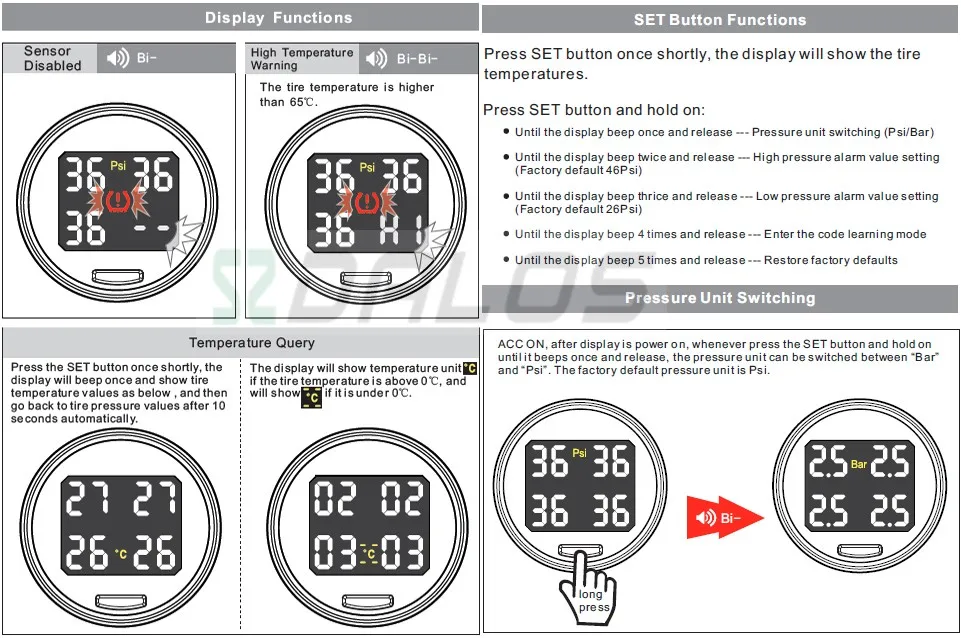 If your vehicle does not have a TPMS light, the low-pressure icon might flash, which could indicate an issue with the system.
If your vehicle does not have a TPMS light, the low-pressure icon might flash, which could indicate an issue with the system.
No matter what causes your tire pressure light to turn on, stop by any Les Schwab. We’ll add air to your tires and check out your system.
Winter temperatures can affect the pressure in your tires by up to 10 PSI. Depending on how cold it is, the TPMS light will likely shut off on its own as the air in your tires warms, expands, and reaches proper inflation levels.
Regardless, get your air checked right away. The TPMS light means your tires are below the proper air pressure. This is a safety risk, especially in the winter as the drop in air pressure can cause compromised handling and increased wear and tear on your tires. Your gas mileage could also be affected.
Driving too long with the TPMS light on (and low air pressure) could affect your safety, including handling and braking.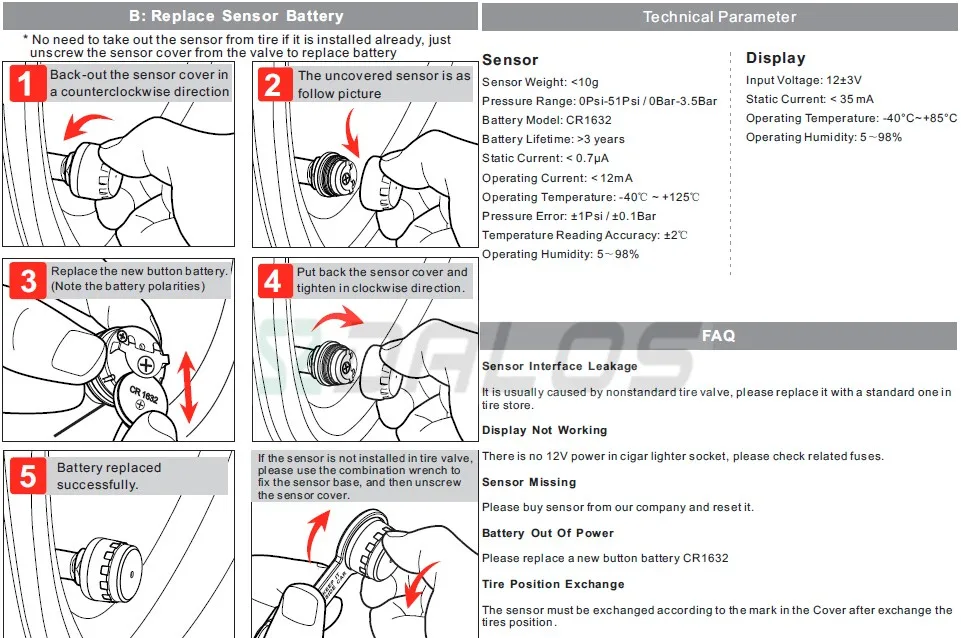 It can also decrease fuel efficiency, damage your tire sidewalls, and cause uneven tread wear. If the TPMS light does not go off after you have added air, get to Les Schwab immediately or change to your spare (if you know which tire is low) and stop by as soon as possible.
It can also decrease fuel efficiency, damage your tire sidewalls, and cause uneven tread wear. If the TPMS light does not go off after you have added air, get to Les Schwab immediately or change to your spare (if you know which tire is low) and stop by as soon as possible.
Maintaining proper air pressure can extend tire life by promoting even tread wear. Plus, correct air pressure can improve fuel efficiency by up to 3.3 percent, adding up to more miles per gallon.
Your TPMS light may flash if your vehicle’s onboard computer can’t detect the sensor, whether it has been damaged or you are using your spare tire. While many vehicle spares do have a sensor, some do not.
During colder months, we recommend you have your tire pressure checked once a month. Throughout warmer months, you might not need to check your tires as frequently.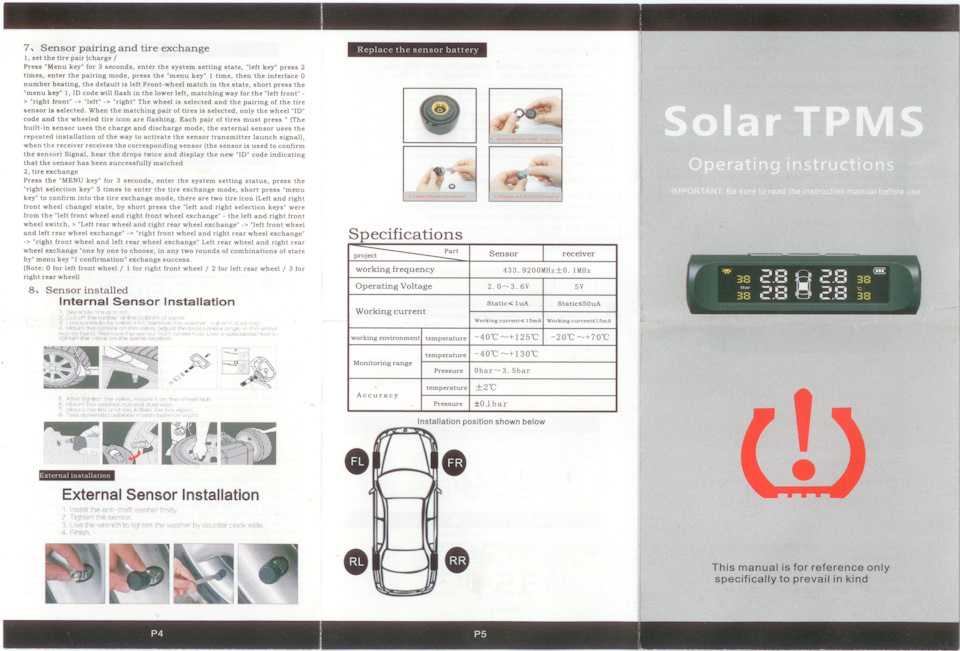 You can check your tire pressure by following the steps below or by watching our video.
You can check your tire pressure by following the steps below or by watching our video.
Learn how to add air to your tires.
Look in your owner’s manual or for a special sticker on the inside driver’s side door for the standard cold tire inflation pressure. This number is the suggested PSI for your tires, as suggested by the vehicle manufacturer.
Please Note: If you suspect a tire or wheel on your vehicle may be damaged, change to a spare and head to Les Schwab. We will inspect it for free.
Verify the pressure in each tire in the morning or when the tires are cold. This will give you an accurate reading. To check the pressure in each tire, use a tire pressure gauge. These often look like a metallic pencil with a sliding measuring device on one end and a tire valve connection on the other.
Whether you’re at a gas station or home, be sure you can safely reach all four tires with the air hose.
Put the cap in your pocket so you don’t lose it.
Begin to inflate your tire. You’ll hear air going into the tire. If you hear or feel air coming out, readjust the connection between the air nozzle and the value stem.
Keep in mind that not all air compressors inflate at the same rate. You’ll want to check your tire pressure often as you inflate. Add air as needed. To remove air, quickly push in the center pin located inside the tire valve.
This helps keep more air in your tires for a longer period of time and can keep road debris (dirt and more) from getting into the valve.
If you need help with the air pressure in your tires, find a Les Schwab store near you.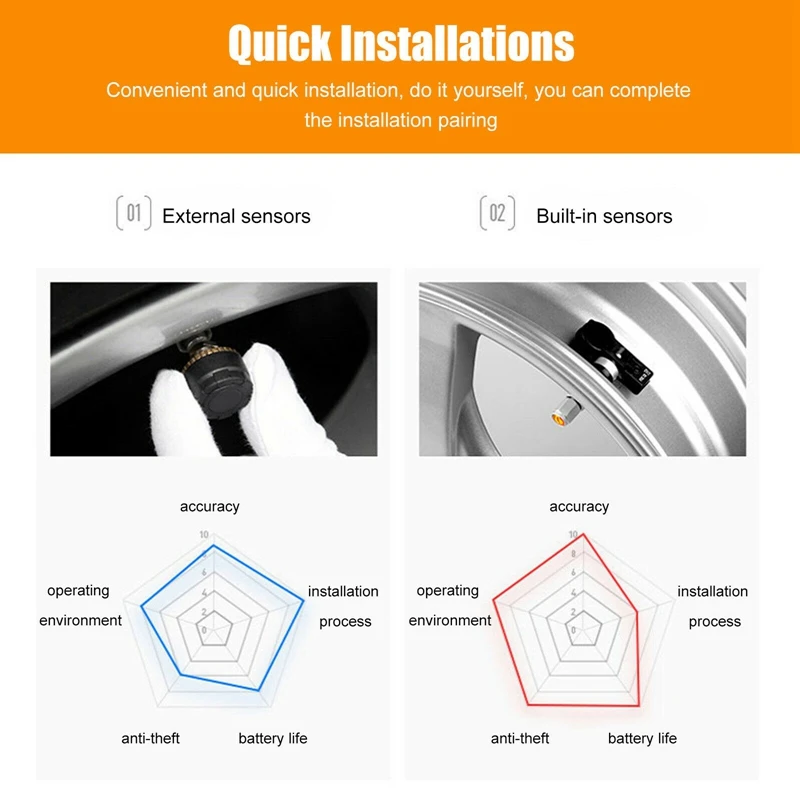 Our knowledgeable technicians will perform a free visual inspection, inflate your tires to the recommended pressure, and get you safely back on the road.
Our knowledgeable technicians will perform a free visual inspection, inflate your tires to the recommended pressure, and get you safely back on the road.
Find a Store
A tire-pressure sensor is a small programmable electronic device, located in the pressurized pocket made by a wheel and tire, that constantly measures the air pressure inside the tire. The sensor transmits that information via low-frequency radio to the vehicle's onboard computer and, if the car has one, to a corresponding display in the instrument cluster. It reads out in pounds per square inch (psi), and it illuminates an amber warning light to alert you if one or more tires are low on air.
Tire-pressure sensors are integral to what is known as the Tire Pressure Monitoring System (TPMS). Millions of these systems have been fitted to passenger vehicles since the 2008 model year, when they were made mandatory in the United States.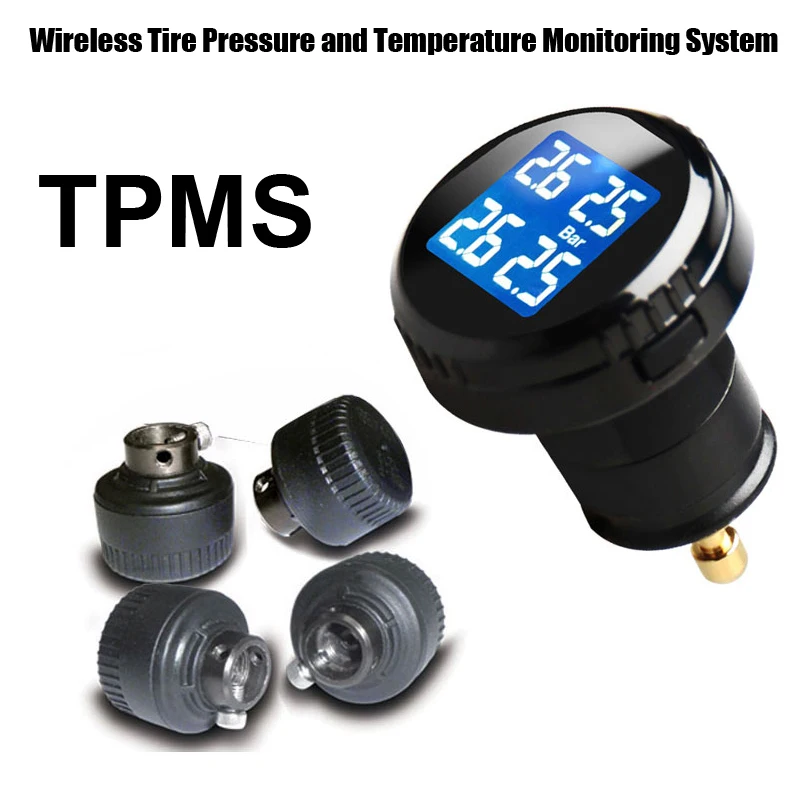 Tire-pressure sensors are usually attached to the valve-stem assembly of each tire and are powered by batteries.
Tire-pressure sensors are usually attached to the valve-stem assembly of each tire and are powered by batteries.
In the event that the sensor detects that air pressure in a tire has dropped to a dangerously low level—25 percent below the recommended air pressure, according to federal government regulations—a warning message or light will display in the instrument cluster. Inflation pressure recommendations for the tires that originally come on a car can usually be found on a label on the driver's doorsill.
$15 at Amazon
TPMS sensors are powered by batteries designed to last several years, but they do eventually lose their charge. Because the sensors cannot easily be removed, when their battery dies the entire sensor must be replaced.
Replacement tire sensors vary in price depending on your vehicle and can be found from many sources, from Amazon to Advance Auto Parts to Tire Rack—or at your local tire store. Expect to pay at least $100 for a set of four, and they need to be replaced at a repair facility or tire store. You can continue to drive indefinitely with a failed TPMS sensor in one or more of the wheels, but then the system will never be able to warn you if you've picked up a puncture in those tires and are on the verge of a blowout.
Expect to pay at least $100 for a set of four, and they need to be replaced at a repair facility or tire store. You can continue to drive indefinitely with a failed TPMS sensor in one or more of the wheels, but then the system will never be able to warn you if you've picked up a puncture in those tires and are on the verge of a blowout.
This is what a blowout looks like. It can happen in an instant when your tires are dangerously low, and it can cause you to lose control of your car.
Getty ImagesThere is a second type of tire-pressure monitoring system, which works entirely differently. It does not employ tire-pressure sensors in the tires, relying instead on the anti-lock-braking system's wheel-speed sensors to determine if any particular tire's rotational speed is out of sync with the others. This indicates that the suspect tire's circumference has changed and that it could have lost air pressure.
To ensure that your vehicle's TPMS system's pressure sensors remain operational for as long as possible, always reaffix the valve-stem cap after checking air pressure or inflating the tires.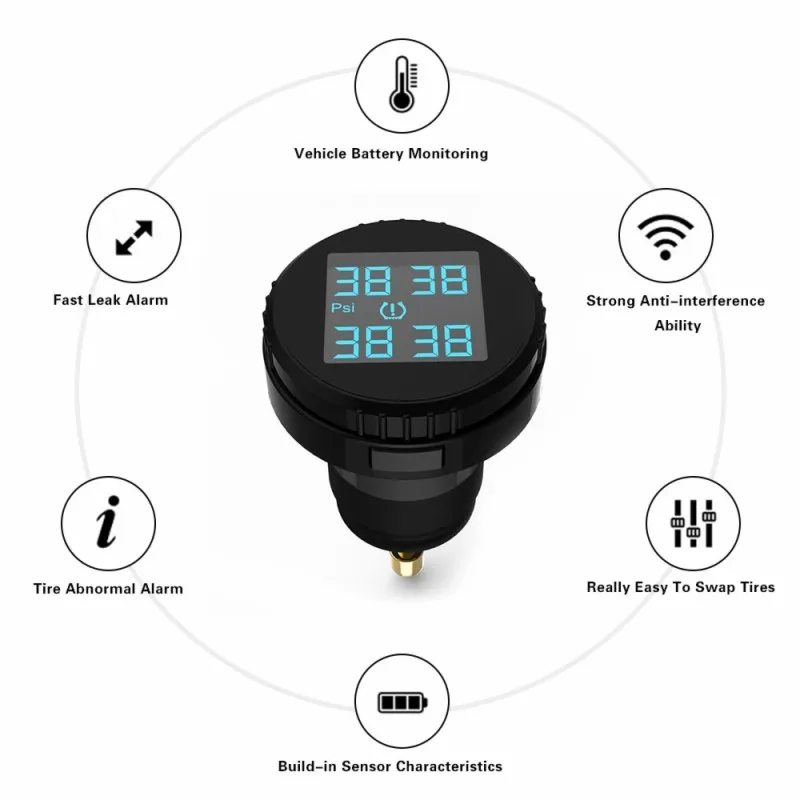 This helps prevent valve-stem corrosion, particularly where salt is used to clear the roads in the winter.
This helps prevent valve-stem corrosion, particularly where salt is used to clear the roads in the winter.
If the TPMS warning light does illuminate—the light looks like a flat tire as viewed from behind the car—check your instrument cluster display and then use a tire-pressure gauge to check all four tires to determine which ones, if any, are low. Fill them to the manufacturer's recommendation as soon as possible, remembering that, if you've driven several miles to get to an air hose, your tires will have warmed up and you should inflate them evenly.
For example, if when you get to the gas station one tire is at 20 psi and the other three are at 34, bring the low tire up to the other three, as long they are at or above the vehicle manufacturer's recommended pressure.
However, if the TPMS warning comes on again after a short period of time—hours or days—you most likely have a leak in one of your tires.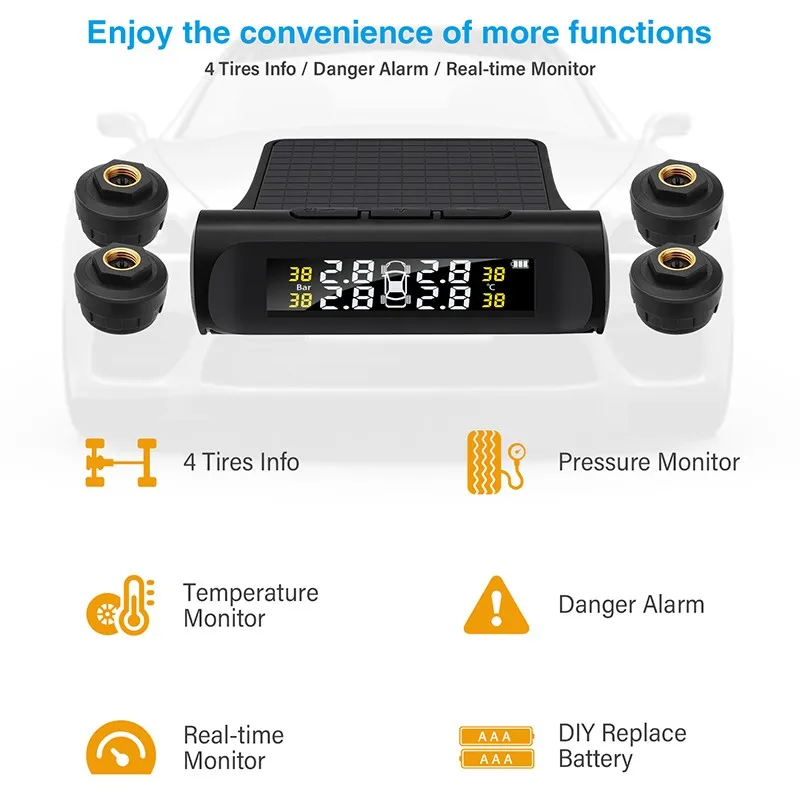 Get to a tire store and have it repaired without delay. Driving on a badly underinflated tire can destroy it; worse yet, it can cause you to lose control of your car and have an accident.
Get to a tire store and have it repaired without delay. Driving on a badly underinflated tire can destroy it; worse yet, it can cause you to lose control of your car and have an accident.
Finally, for drivers who keep a set of winter tires mounted on a second set of wheels for use in the snowy months, we recommend having compatible TPMS sensors installed on the second set of tires, too. That way, you're covered no matter the season or which tires you have on at the time. After all, we wouldn't want you to feel, ahem, deflated by getting a flat.
Many kinds of tire pressure gauges are available today that vary in size, shape and price. Here's a selection to choose from.
$26 at eBay
This is the gauge that we gauge good enough to use in the Car and Driver test garage. We set all of our test vehicles' tire pressures precisely to ensure that they perform their best in our comprehensive testing program. This low-cost Accutire digital gauge works beautifully. It reads in half-pound increments, so you can set your tires' pressures as accurately as we do.
This low-cost Accutire digital gauge works beautifully. It reads in half-pound increments, so you can set your tires' pressures as accurately as we do.
Now 36% Off
$10 at Amazon
This analog gauge is to modern digital gauges what a typewriter is to a laptop computer. While it's ancient technology, it's still far better than nothing, and it will help you to keep your tires in the correct inflation range—and do it for a rock-bottom price. But we recommend (and use) the Accutire gauge, so that should tell you where we stand.
$25 at Amazon
We have experience with Joes digital pressure gauges, so we trust this analog unit to be highly accurate as well. Joes supplies teams in many racing series, and racers require precise tire pressures to get the best performance out of their racing machines. One of these will serve you well.
$53 at Amazon
Like Joes, Longacre sells to racers, and some of its most precise digital pro gauges cost hundreds of dollars.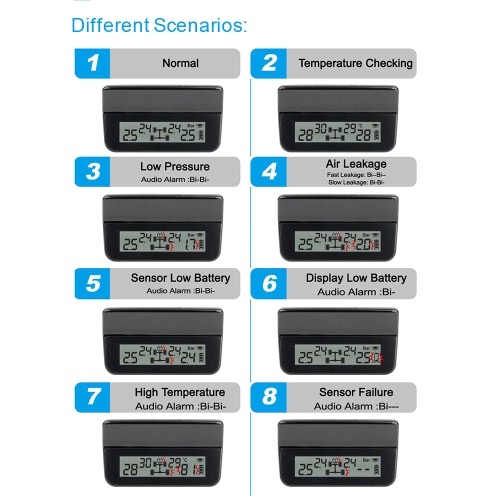 Even this lower-cost digital gauge has some advantages over analog units: It's easier to read and displays pressure in 0.2-psi increments, plus Longacre claims it's accurate to 0.8 percent. That should be more than enough for just about anyone.
Even this lower-cost digital gauge has some advantages over analog units: It's easier to read and displays pressure in 0.2-psi increments, plus Longacre claims it's accurate to 0.8 percent. That should be more than enough for just about anyone.
Now 18% Off
$27 at Amazon
It's one thing to just read tire pressure—having the ability to add air is a helpful bonus. This top-rated inflator from Amazon reads pressures from 0 to 250 psi and has a claimed accuracy within 1 percent. The LED screen is powered by two included AAA batteries. To add air, you'll just need an air compressor.
Now 16% Off
$21 at Amazon
If you plan to measure tire pressures for heavy-duty vehicles, such as trucks and RVs, this is the gauge to buy. Equipped with a flashlight, a crisp LED display, and a dual head to check inner and outer valve stems, this gauge is a great product to stow in your glovebox.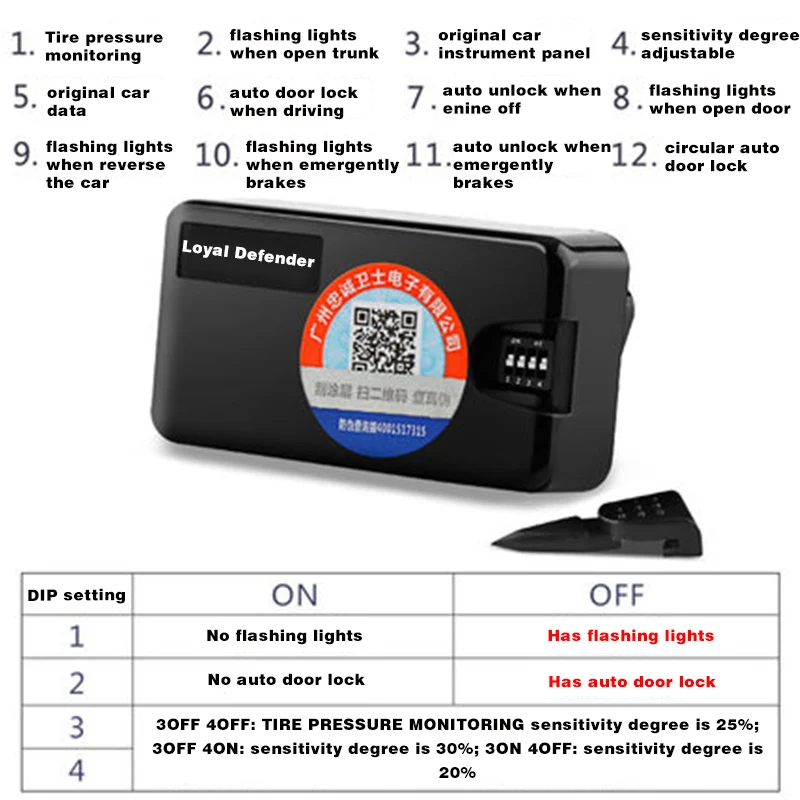 And with a readable range from 0 to 230 psi, it'll work for just about anything.
And with a readable range from 0 to 230 psi, it'll work for just about anything.
$300 at summitracing.com
The folks at Intercomp know how important tire pressure is, as they specialize in accurate gauges for industrial and performance applications. This one is the cream of the crop, with a quick digital gauge and a claimed accuracy within 0.1 percent. With a thumb-operated dual bleeder and a 22-inch hose, this tool will get your car back on the track safely and promptly.
This content is imported from OpenWeb. You may be able to find the same content in another format, or you may be able to find more information, at their web site.
Photo: Shutterstock
adv.rbc.ru
See also
Tires are the only vehicle element that is in constant contact with the road. One of the main indicators of their serviceability is pressure. It affects not only fuel efficiency, but also safety.
As a rule, car manufacturers recommend maintaining tire pressures between 2.0 and 2.8 bar. But in practice there are situations when it is necessary to deviate from this norm.
adv.rbc.ru
Tire pressure should be checked at least once a month, there are several ways to do this. We understand why it is so important to observe the optimal pressure indicator and what it affects.
In this story:
Tire pressure is the resistance with which air "presses" on the inner area of the rubber. Properly inflated tires will last longer, give you better ride quality and improve your driving safety. If the pressure in the tires is too low or they are pumped over, then the car owner runs the risk of facing a number of problems: from buying new tires to the threat of an accident.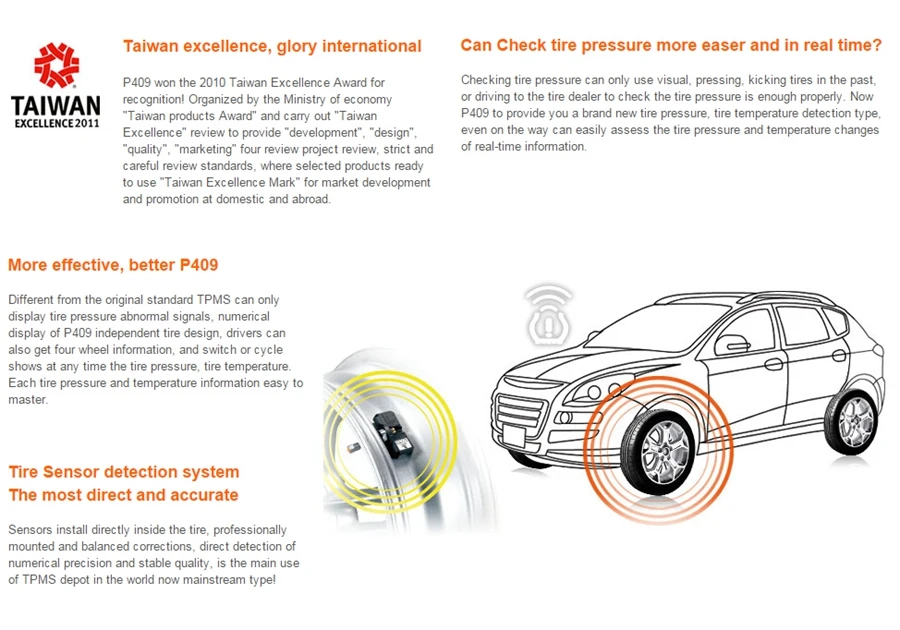
Properly inflated tires will last longer (Photo: Global Look Press)
Under-inflated tires are tires that are below the recommended pressure. In this case, the contact patch of rubber with the road increases, which leads to increased friction or rolling resistance. A worn out outer edge of the tread can visually give out such a problem.
Increased friction with the road can cause the tire to overheat, slip and even burst. In addition, low tire pressure leads to:
When tires are over-inflated, that is, above the manufacturer's recommended rate, the contact patch decreases. As a result, the main friction with the road is taken over by the central part of the tire.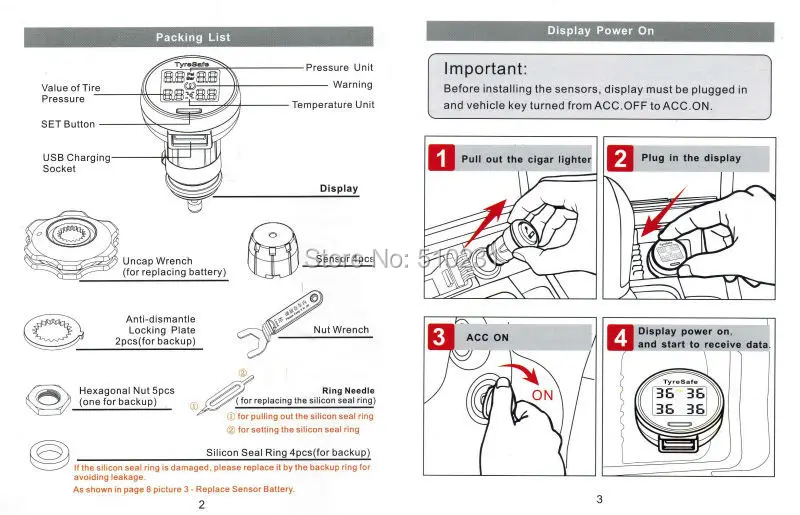
Excessive tire pressure leads to excessive sensitivity to road irregularities and the risk of tire damage, even destruction. Overinflated tires also cause the following:
Tatyana Eliseeva, an auto expert, master of sports of international class in motorsport, comments
For flat tires:
For overinflated tires:

Excessive tire pressure leads to excessive sensitivity to road irregularities and the risk of tire damage (Photo: Shutterstock)
For each car model, the manufacturer sets its own optimal tire pressure. This indicator depends on the mass of the car, the speed of operation, the number of passengers (partial or full boarding), as well as the load on the trunk [1].
The recommended tire pressure can be found in the vehicle owner's manual or on one of the plates/stickers in the passenger compartment. They can be:
Tire pressure is measured in several units. In Russia, they usually indicate in kg / cm 2 (or atmospheres) and bars (bar). These two indicators are almost equal, which is why they are often used as synonyms:
These two indicators are almost equal, which is why they are often used as synonyms:
Foreign models often use pounds per square inch (pound per square inch), or psi:
For convenience, car manufacturers can indicate pressure in two units at once - bar and psi. Thus, the need to independently calculate according to the formulas disappears. Otherwise, you can do this in one of the online calculators or check the table of popular values.
| 2.0 bar | 2.1 bar | 2.2 bar | 2.3 bar | 2.4 bar | 2.5 bar | 2.6 bar | 2.7 bar | 2.8 bar |
| 29psi | 30psi | 32 psi | 33 psi | 35 psi | 36 psi | 38 psi | 39 psi | 41 psi |
Temperature has a significant effect on tire pressure: when it drops, the pressure in the wheels decreases with it.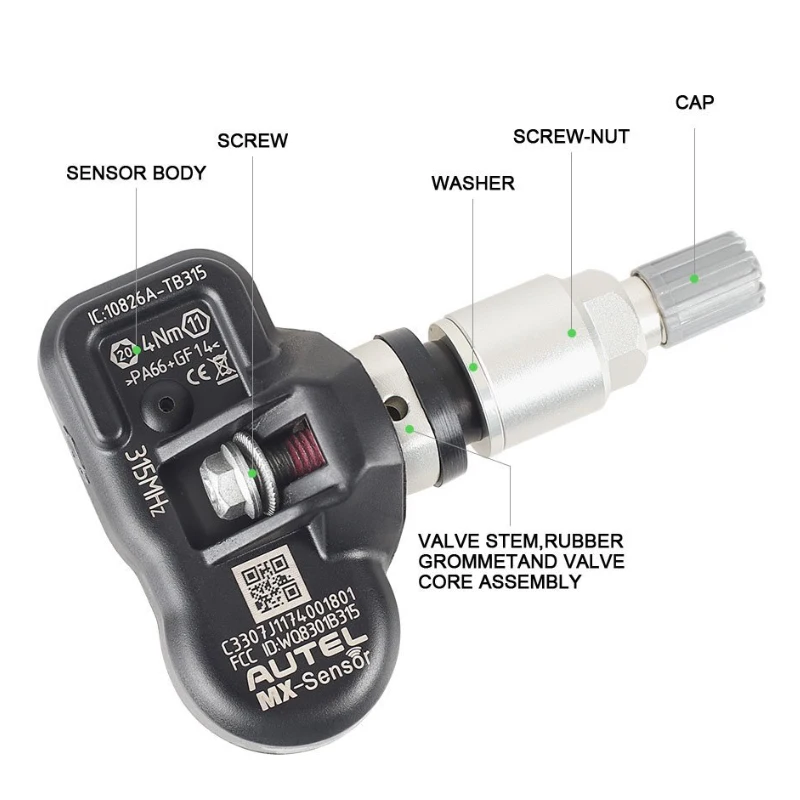 When the temperature drops by 10 °C, the tire deflates by an average of 0.07–0.14 bar or 1 to 2 psi [2].
When the temperature drops by 10 °C, the tire deflates by an average of 0.07–0.14 bar or 1 to 2 psi [2].
Temperature has a significant effect on tire pressure (Photo: Shutterstock)
Summer tires typically use manufacturer's recommended readings. But in winter, it is advised to add about 0.2 bar to these figures [3].
Experts also recommend checking and correcting tire pressure at outside temperature. In the cold season, swapping is best done not in a warm garage, but on the street. In summer, before such a manipulation, you should make sure that some of the wheels of the car were not under the scorching sun, while others were in the shade.
Sometimes the tire pressure needs to be adjusted according to the situation. For example, when the machine is fully loaded or a trailer is towed. For such cases, automakers, as a rule, separately indicate the optimal pressure.
But there are moments that fall into the category of extreme and non-standard (especially if before that the car most often drove around the city). Automotive expert Tatyana Eliseeva analyzed the most common of them.
Leads to heating of the wheels, especially in summer, and therefore it is necessary to follow the manufacturer's recommendations before such a trip. We do not know what we will meet: patched road repairs or heavy rain. After all, for each of these situations, the recommendations will be opposite. Athletes can play with pressure when track conditions are known and engineers can always change the settings. For a long journey, the layman just needs to choose the average.
Tires must be bled off, especially on sand. The question is for how much? You can bleed up to 0.7 atm, but a not very experienced motorist can slip the wheels with an inaccurate movement, and if the driver turns the steering wheel sharply (for example, trying to catch on the edge of the track), then the tire can come off the disk.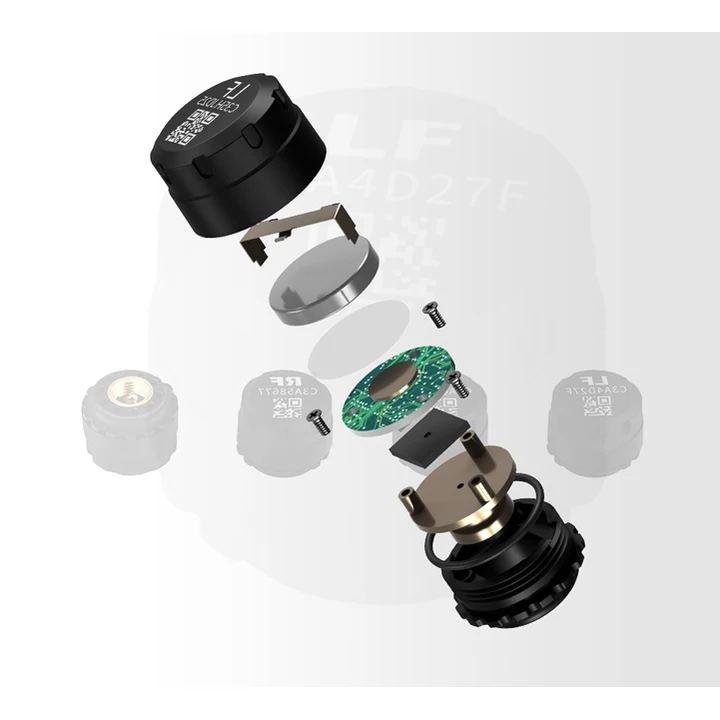 And such cases occur regularly.
And such cases occur regularly.
At near-zero temperatures on packed snow, ice or sludge for new wheels (velcro or studded) it is better to pump the wheels a little so that water and sludge are squeezed out of the central zone of the contact patch and the tread is better worked. The wheel must be cleared for the tread to work. When it is clogged with snow, the braking distance and traction deteriorate greatly.
If the car has worn wheels, but with an acceptable tread depth for winter tires (4 mm), then you should not hope for the correct operation of the tread. Such a low checker no longer pushes the snow. In this case, it is necessary to reduce the pressure in the wheel, thereby increasing the same contact patch.
Photo: Global Look Press
On a country road, the weight of the machine will be an important factor. In this case, we select the pressure according to the load - specific indicators must be viewed on the central pillar of the body.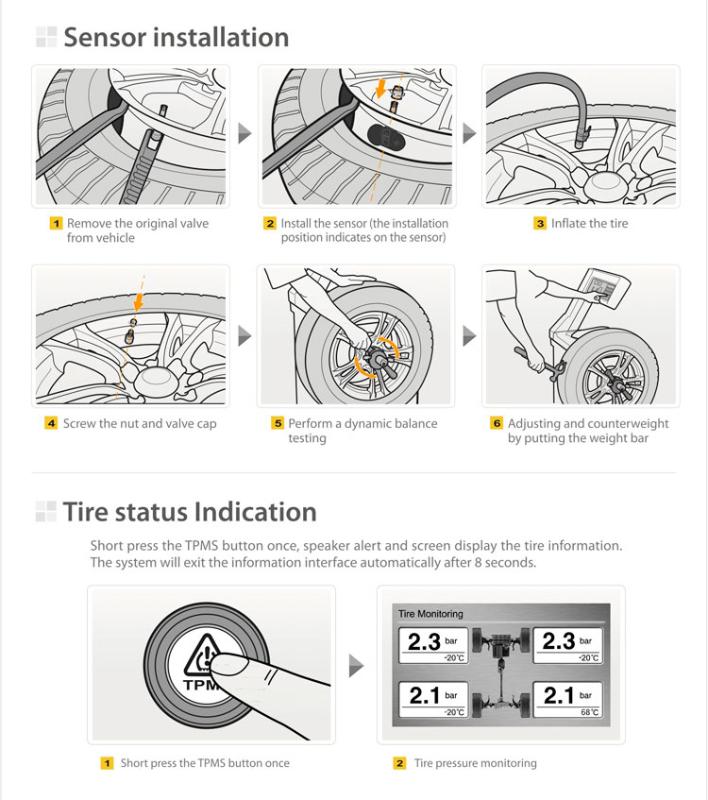 There you will see something like the following recommendation: the more the car is loaded, the higher the pressure in the rear wheels should be.
There you will see something like the following recommendation: the more the car is loaded, the higher the pressure in the rear wheels should be.
But a badly broken road can lead to herniations, ruptures and tire damage. Therefore, if we increase the pressure, then we drive on a bad road as calmly and measuredly as possible. Or we slightly deviate from the manufacturer's recommendations and raise the pressure not as much as the manufacturer recommends.
The main factor in changing the behavior of the wheel is not the pressure drop at altitude, but the presence of a large number of sharp turns and long braking. The tire will heat up not only from the loads, but also from the operation of the brake mechanisms. Therefore, the idea that due to low pressure it is necessary to increase the pressure in the tires is wrong, because the temperature of the wheel has a much greater influence in this case.
The recommended pressure is always given when the tires are cold. This means that the vehicle has not been driven for three hours or has traveled less than 1 mile (or one mile).
This means that the vehicle has not been driven for three hours or has traveled less than 1 mile (or one mile).
There are two ways to check tire pressure: on your own or at a workshop. In the first case, it is enough to use a public pump at a gas station or purchase a pressure gauge. This tire pressure measuring device comes in three types:
Another option is to install special pressure control caps on each nipple. Such a gadget works as follows: the upper part of the cap is transparent and, depending on the level of pressure, an indicator of three colors appears in it. Green - the pressure is normal, yellow - the tire is flat, red - the pressure has exceeded the norm.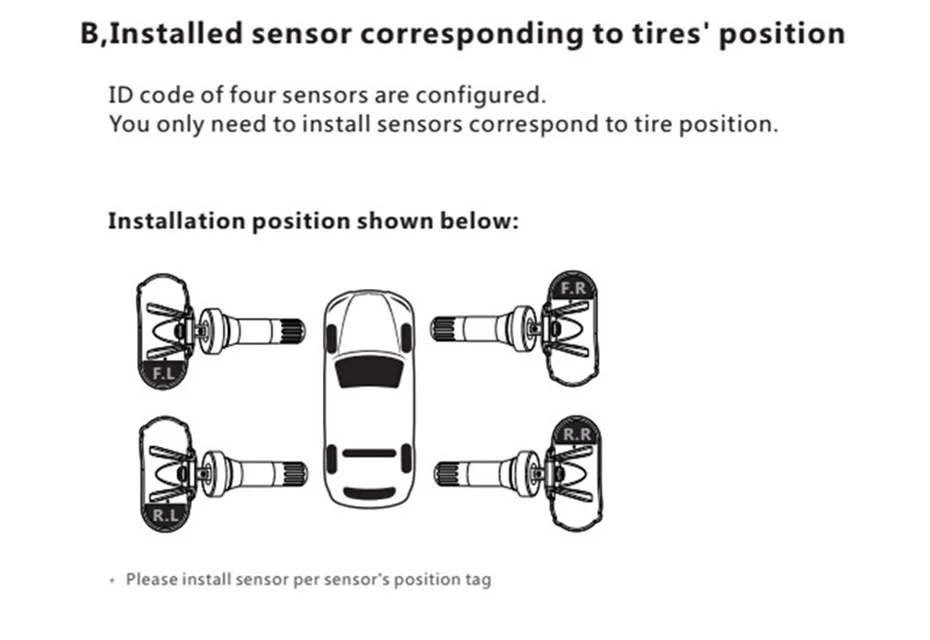
Photo: Shutterstock
The easiest way to monitor tire pressure is with the automatic TPMS (Tire Pressure Monitor System). Today it is installed on almost all models, and in some countries its presence is a prerequisite for releasing a car from the assembly line.
In these systems, the electronics automatically detect changes in the tire, and if the pressure drops below the recommended value, a warning signal lights up on the on-board computer screen.
There are two types of TPMS:
Car manufacturers recommend checking tire pressure every two weeks, but at least once a month. Indeed, even under ideal conditions (for example, the car is idle for a long time), the wheels lose approximately 0.069bar, or 1 psi, per month [4].
Indeed, even under ideal conditions (for example, the car is idle for a long time), the wheels lose approximately 0.069bar, or 1 psi, per month [4].
The pressure should be monitored before and after a long trip, during a sudden change in temperature (for example, during the first frost or warming), and also after changing tires or driving with a load.
Also, don't forget the spare wheel. Automakers advise servicing it at least as often as the main wheels. As a rule, it has its own optimum pressure values, which can be found in the operating brochure or information table.
| Make and model | Standard load front pressure | Rear pressure at standard load |
| Lada Granta (standard version) | 2.0 bar | 2.0 bar |
| Lada Vesta | 2.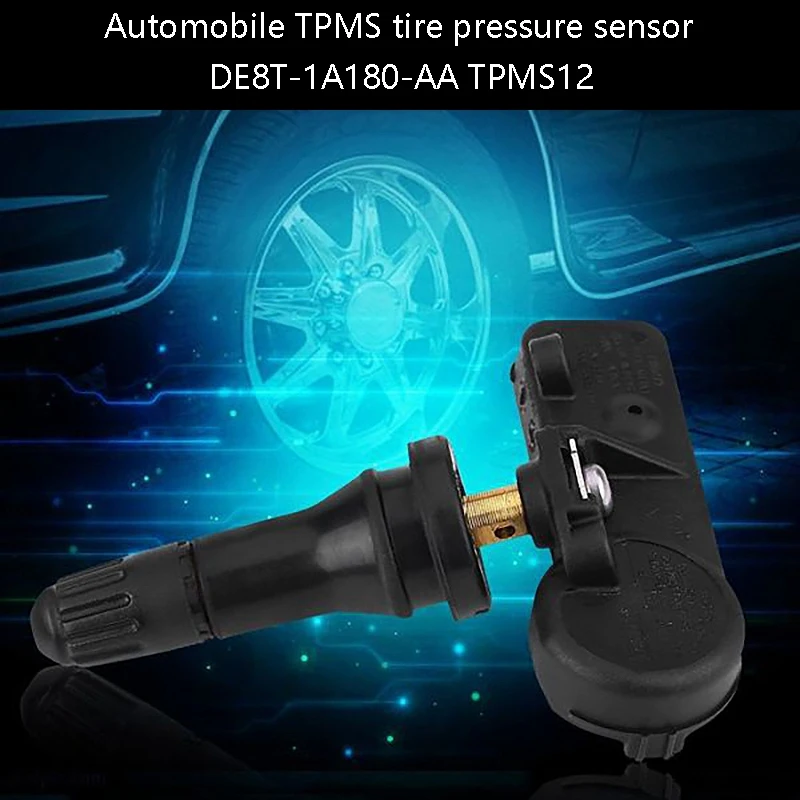 2 bar 2 bar | 2.2. bar |
| Kia Rio | 2.3 bar | 2.3 bar |
| Hyundai Creta | 2.3 bar | 2.3 bar |
| Renault Duster | 2.0 bar | 2.0 bar |
1. How does the INCAR TPMS system work?
Tire pressure monitoring systems continuously monitor tire pressure using sensors located either inside or outside the tire. The information collected by the sensors is transmitted wirelessly to the on-board display, which displays real-time tire data and alerts the driver when tire pressure or temperature is outside a predetermined level.
2. Why do I need a tire pressure monitoring system?
Both under-inflation and over-inflation lead to excessive fuel consumption and increased tread wear. INCAR TPMS saves you money and ensures safety by preventing wheel explosions, especially on the highway.
3. Does INCAR TPMS have a warranty?
Yes, the INCAR TPMS pressure and temperature monitoring system comes with a standard 12-month warranty on defective parts - except for replacement batteries, which can run out faster under heavy use in freezing temperatures. Batteries are not covered by the warranty in any case, but they are fully functional at the time of delivery.
4. Does INCAR TPMS measure pressure and temperature?
Yes, unlike some other systems that simply measure pressure, the INCAR TPMS system also measures the internal air temperature in each tire and signals a significant increase in temperature. This can be an advantage on vehicles that are idle for long periods where the brake caliper can stick after the first application and cause the wheel to seize. Also, the temperature value affects the calculation of critical pressure and the decision to signal danger, especially in winter.
5. How accurate is INCAR TPMS?
Our sensors are very accurate - each goes through a certified laboratory, including for electromagnetic immunity. Tire pressure is measured with an accuracy of +/-0.1 atm., temperature +/-3°C. Pressure and temperature can vary greatly from wheel to wheel depending on many factors such as sunlight on one side, vehicle load, camber/toe, brake force. Even light racing cars create higher tire pressure on the inside when cornering, and trucks even more so. In addition, the presence of temperature compensation allows us to talk about the stable accuracy of pressure measurement, regardless of the air temperature in the tire in the range from -40 to +45°C.
Tire pressure is measured with an accuracy of +/-0.1 atm., temperature +/-3°C. Pressure and temperature can vary greatly from wheel to wheel depending on many factors such as sunlight on one side, vehicle load, camber/toe, brake force. Even light racing cars create higher tire pressure on the inside when cornering, and trucks even more so. In addition, the presence of temperature compensation allows us to talk about the stable accuracy of pressure measurement, regardless of the air temperature in the tire in the range from -40 to +45°C.
6. Is low tire pressure easy to spot?
The tire is under load and it is impossible to visually diagnose low pressure in it, therefore it is recommended to check each tire monthly with a pressure gauge. INCAR TPMS eliminates this procedure.
7. Why do tires lose pressure as they are used?
Many factors affect tire pressure, including changes in ambient temperature and tire damage (cuts, punctures).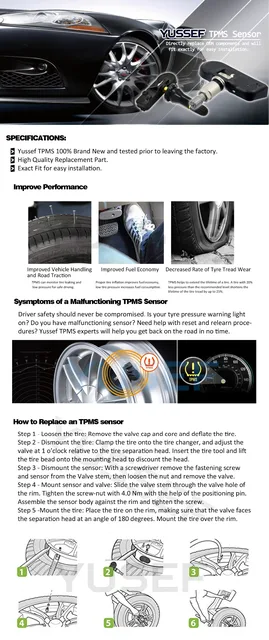 The pressure drops by about 0.12 atm. when the ambient temperature drops by 10°C. In addition, the wheels simply lose up to 0.1 atm. per month, since the air naturally escapes through the contact between tire and rim.
The pressure drops by about 0.12 atm. when the ambient temperature drops by 10°C. In addition, the wheels simply lose up to 0.1 atm. per month, since the air naturally escapes through the contact between tire and rim.
8. How much air should I put in my tires?
Always set the normal pressure in the control system to the same as recommended by the tire manufacturer for the accepted operating conditions (for example, at 25°C), and inflate the wheel in the same way. If you set the driver's display to 7 atm., And inflate the tire to 7.2 atm. "For good luck", this will only provoke a false alarm of the sensor.
9. Is it possible to cross the ford in a car with sensors installed on its wheels?
All sensors of the INCAR TPMS range are made completely waterproof, with IP67 protection. This means that they can be submerged to a depth of 3 m for 10 minutes. Therefore, the river ford will not damage the equipment. But you should be careful on the high pressure washer and avoid close direct impact on the high pressure jet sensor, so as not to damage the valve.
10. Can I set different pressures for each tire or axle?
Of course, different axles can be set to different pressures, for example for tractor and trailer, or for front and rear axles. There are no barriers to separate settings.
11. What is considered a high tire temperature?
In general, a tire is at any temperature at which it operates safely. The operating range is always specified by the manufacturer. Excluding deep negative temperatures, which are not achieved in real life, consider the extreme case of wheel jamming and tire temperature rise from asphalt friction. Since the critical pressure deviation is set to 10%, in absolute numbers for a truck, this means approximately 1 atm. According to Charles's law, the air in the tire will be 100°C hotter than normal. This value is considered high - the driver will receive an alarm, although in practice it is quite safe to exceed 150 ° C.
12. Do I need a special tool to install the sensors?
All external sensors do not require a tool.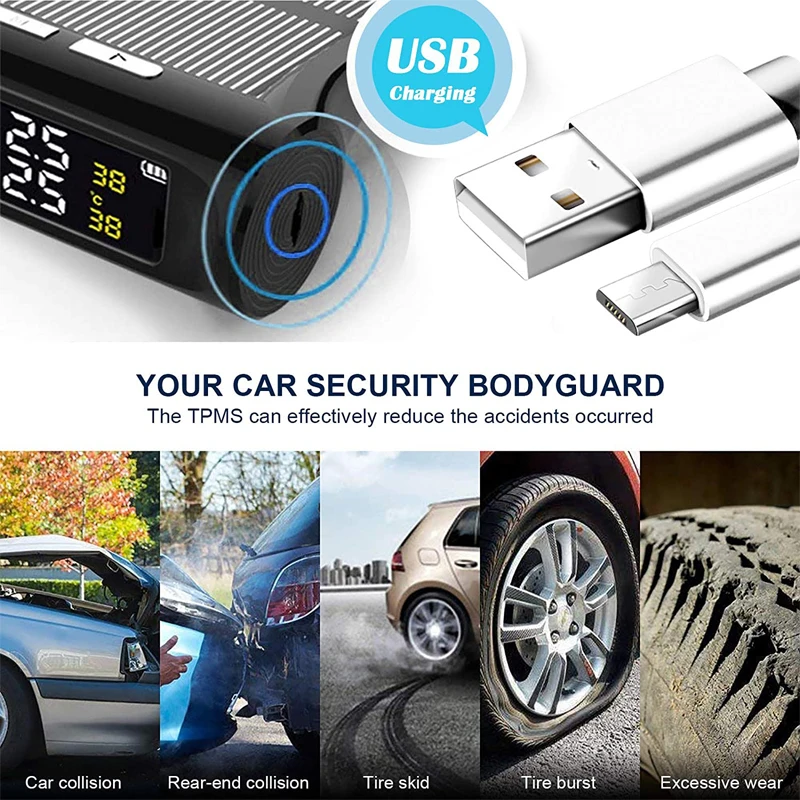
13. What is the diameter of the sensors?
The diameter of the external pressure sensors is 24-29 mm depending on the model and the presence of the anti-removal cover.
14. Is it easy to install the sensor on the inner rear wheels of the truck?
If you can access the valve stem, you're good. It may not hurt to install a steel valve extension - rubber is not recommended, as centrifugal force can cause the valve to fail at high freeway speeds.
15. Will the system monitor pressure in a spare tire that is not spinning?
There is no reason why the INCAR TPMS sensor will not work on the spare tire - no rotation is required for its operation, a slight vibration is enough.
16. If you temporarily remove the sensor to inflate the wheel, will you have to look for the sensor again using the driver display?
You don't have to reboot or work with the display, you just need to wait for it to update.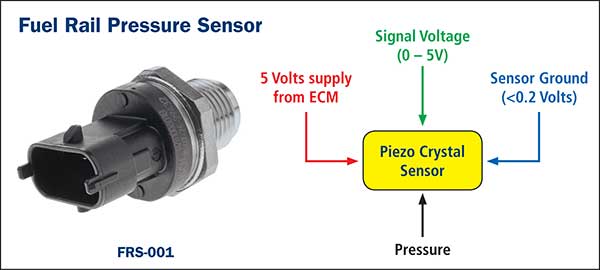 As the display cycles through all the sensors, it will receive an update from any of them within minutes of the pressure control system being activated.
As the display cycles through all the sensors, it will receive an update from any of them within minutes of the pressure control system being activated.
17. If I put pressure sensors on only part of the wheels, can I add the missing ones later?
Yes, you can add more sensors to your system as needed. The total number of sensors recognized depends only on the driver display model.
18. Can different INCAR TPMS sensor models be used on the same truck?
Yes, of course, you can put any sensors of our system in any configuration on the vehicle, they will not conflict with each other and the system will work correctly.
19. Can I use tire valve extensions?
Most tire valve expanders work fine with INCAR TPMS, but be aware that adding an extra link to a working system only complicates it and may cause an incorrect alarm due to a loose connection of the extension to the sensor.
20.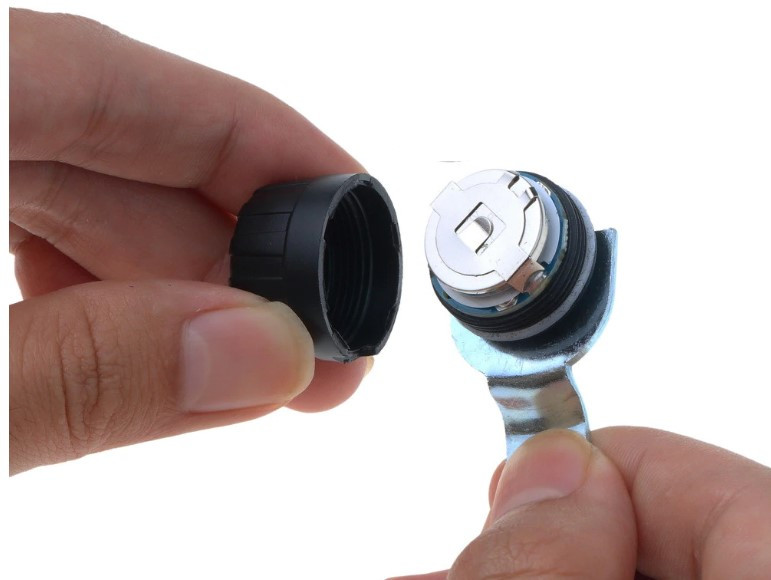 Will the sensors work with a stainless steel valve extension?
Will the sensors work with a stainless steel valve extension?
Yes, the valve extension is a common feature when installing a pressure monitoring system. It is very important that all your add-ons are attached to the disc properly, and not just sticking out of the wheel as they should.
21. Can I use a rubber valve extension to mount the sensor?
In general, unless otherwise necessary, steel valve extensions are recommended. There are 2 types of extension: one goes through the rubber stem and clips on the edge of the rim, the other sticks to the rim and supports the rubber stem on the side. The main problem with rubber extensions is that they run through a metal rim. In case of unsuccessful installation and vibration, the rim may begin to fray the valve extension. There are many factors that can influence your decision whether or not to use a rubber extension sensor - we always recommend that you consult a specialist to determine on the spot what is best for your application.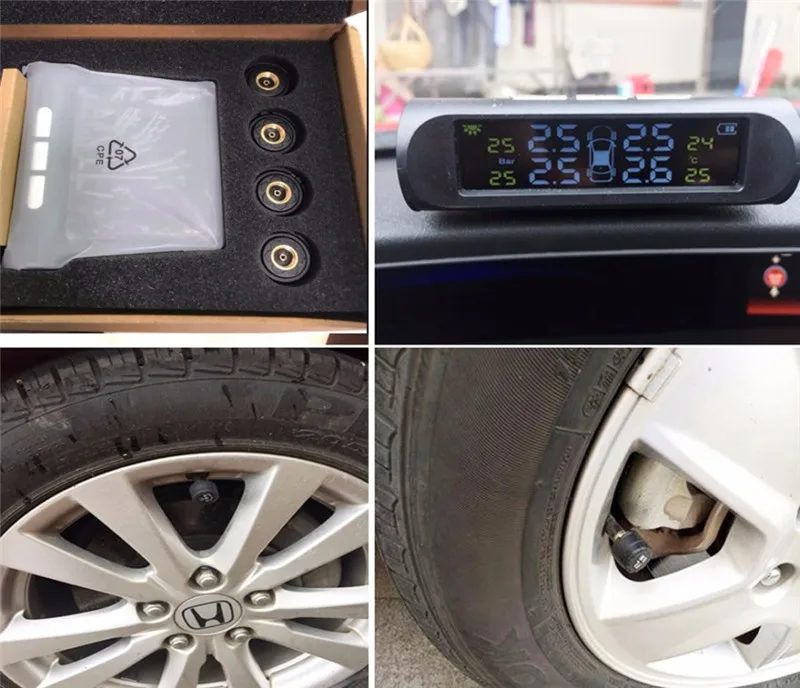
22. Are the sensors firmly attached to the valve? Perhaps it is worth using additional means to secure them?
Practice has shown that external pressure sensors fit snugly on the valves and never get lost by themselves. Any attempts to stick them will lead to problematic removal of them in the future.
23. Do I need to re-balance the wheels after mounting the sensors?
The heaviest sensor weighs less than 15 g and does not significantly affect wheel balance.
24. Do I have to enter special codes for each sensor when setting up?
Each sensor is programmed with its own unique code and the driver display automatically recognizes each sensor with this code when it is installed on the wheel.
25. I have 4 sensors on two different trailers, will the system automatically switch to the correct trailer after attaching it?
You will need to install a repeater on the front of each trailer.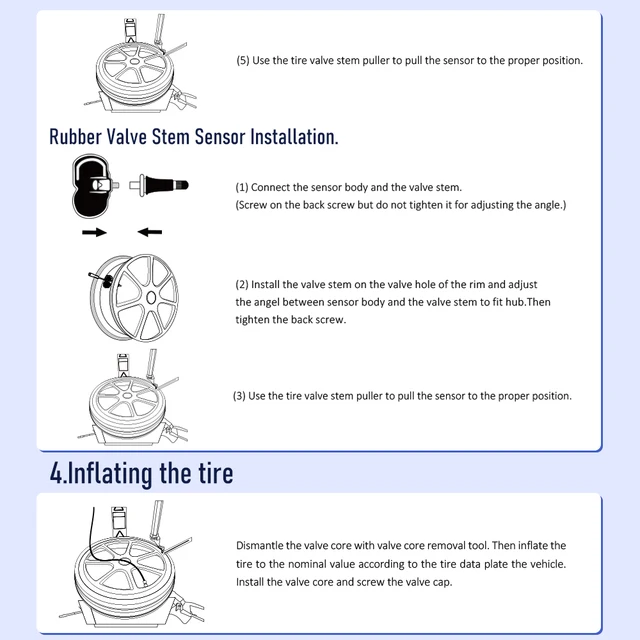 The repeater will store the data of "its" sensors and will transmit them to the driver's display as soon as it appears within its range.
The repeater will store the data of "its" sensors and will transmit them to the driver's display as soon as it appears within its range.
26. How often do sensors report tire pressure and temperature, is this enough for safety?
The information on the driver display is updated every minute - these are the settings in the system, although even 5 minutes is enough for a proper level of safety according to statistics. The sensors in the tires are independent and do not need to be synchronized. The program scrolls cyclically on the display the current information about the tires in which the sensors are installed, the standard time for displaying data from one sensor is 5 s.
27. Will the INCAR TPMS system conflict with the factory-installed tire pressure monitoring system?
If your factory installed system is built with internal sensors (i.e. mounted on the wheel hub inside the tire), then there will be no problem. It doesn't always make sense to mount a second system, only if you want to be alerted to tire temperature violations or want to achieve more accurate tire pressure monitoring by taking into account temperature fluctuations. This issue requires separate consideration by a specialist.
This issue requires separate consideration by a specialist.
28. Can I combine sensors from other manufacturers with INCAR TPMS?
It is not recommended to mix components from different systems. We cannot guarantee that they will work properly or even with each other.
29. What is the distance of reliable signal transmission from the sensor to the display?
The TPMS signal transmission distance for long vehicles can be up to 15 m. But in each case, tests are required because the trailer or trawl can distort the signal from the sensor.
30. Will these devices affect the operation of a 2.4 MHz wireless camera?
No, the communication frequency of the INCAR TPMS pressure monitoring system is different, your camera will function normally.
31. Will my phone's Bluetooth affect the blood pressure monitoring system in any way?
The Bluetooth device does not affect or interact with INCAR TPMS components in any way.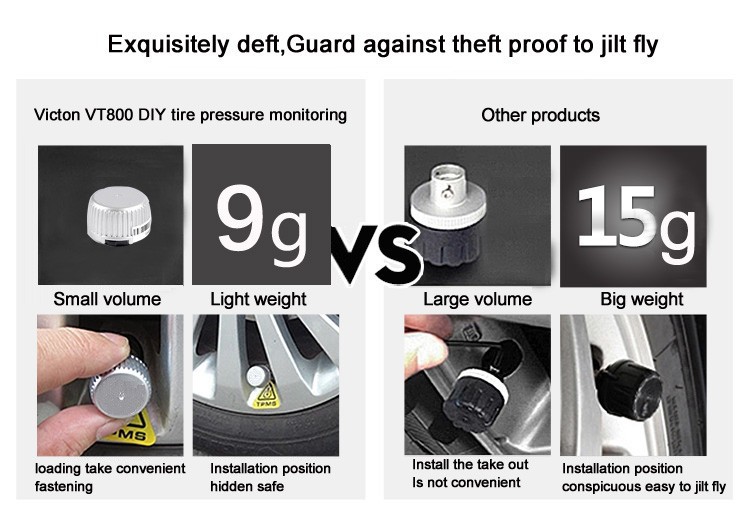
32. Will a GPS device such as a car navigator or other interfere with the driver's display and vice versa?
Any GPS device can be located close to the INCAR TPMS equipment, they do not affect each other in any way.
33. The valves are located in the middle of one of the holes in the rims. Can I use an anti-theft sensor?
Without seeing the wheel, it's hard to say - it all depends on the bore diameter. The TPS-1 anti-removal sensors have an internal diameter of 24 mm (without protective sheath) and an external diameter of 28 mm. Many prefer to use them without the anti-removable housing and simply screw the sensors onto the valve by hand. But the design of the key is such that it will easily fit into the hole in the rim, and most likely you will not have to sacrifice the safety of the equipment.
34. Will I receive an alarm before a tire explosion or other dangerous situation occurs?
Yes, when a tire begins to lose pressure or overheats and the pressure rises critically, you will receive a sharp audio-visual alarm on the driver display and a precise indication of the tire in danger. On a frosty morning, it is possible that the tire temperature is too low and the system sounds the alarm - but the tire just needs to warm up after starting to move.
35. Will INCAR TPMS monitor the tires in a parking lot with the engine off?
No, if the sensor is not vibrating and the driver display is off, the tire pressure will not be monitored unless it is out of range. But if the tire pressure or temperature changes suddenly while the car is parked, the sensor comes to life and sends an alarm to the driver's display. If it is turned on, you or the parking guard will receive a danger alert, if it is turned off, only after turning it on.
36. How much must the tire pressure change before the alarm sounds?
Some control systems fix the critical pressure deviation as a percentage of the normative one and strictly prescribe it in the settings. In contrast, INCAR TPMS is designed so that you can decide when to be notified. For example, when driving a truck into a hot climate zone, you can change the critical temperature settings. At the beginning of operation, we recommend setting a signal for a pressure deviation of 10% of the standard value in any direction.
37. I don't want to remove the sensor every time to inflate the wheel, is there a solution that suits me?
There are two of them. First, you can install one of two types of internal sensor - TPS-22 or TPS-22. Secondly, we offer a manifold for external mounting, through which we can inflate the tire without removing the sensor. But you must be sure that this equipment will not attract intruders and they will not be able to steal it while the car is parked.
38. What is the typical battery life of sensors?
The INCAR TPMS uses high performance German IC boards that are designed to maximize sensor output power while maintaining battery life. The maximum service life of the non-replaceable battery of the internal sensor is 5 years, the external sensor is 2 years. But ultimately, the life of a CR1632 battery depends on its workmanship, ambient temperature, and vehicle usage. The colder the air, the shorter the battery life. Replacement batteries for external sensors are not covered by the warranty.
39. Will your system work on travel trailers?
Of course, the INCAR TPMS system works on all types of recreational vehicles, as well as trailers of any permitted length. But it may be necessary to use a transceiver to amplify the signal if the trailer is very bulky or technologically complex. Everything will be determined by the practice of operation. In any case, you will not immediately notice in the rear-view mirrors that something has happened to the trailer vehicle if you are driving a car, so the control system can save the life of people riding in a trailer.
40. Is it easy to remove the sensors if you plan to take a long break from the car?
External sensors are easy to remove. All external sensors do not require a tool. It will be more difficult with the internal ones - it will require re-beading the wheels and the corresponding dismantling work.
41. How is the driver display mounted in the cab?
The self-tapping bracket can be considered the most reliable, but the delivery also includes a suction cup, which can come off at high glass temperatures or as a result of wear on the contact surface. Sometimes the driver's display is placed in special boxes (U-shaped supports) on double-sided tape, within reach, but this method of attachment is not provided in the delivery.
42. Can the driver's display be mounted flush on the dashboard?
The speaker of the display is located on its back surface, as well as the mating part of the mount, so the surface of the device is not completely flat and must be at least partially open. However, some users contrive to fix the display in such a way so as not to lose sound and the device is not at risk of falling. It should be noted that there is hardly anything more reliable than standard fastening methods.
43. Does the driver display come with a charger?
Delivery includes either a 12V charging cable connected to the cigarette lighter or an RS232 cable for integration with various monitoring systems and at the same time powering the display. The capacity of the built-in lithium-ion battery is enough for several days of battery life.
44. Do I need a signal amplifier (transceiver)?
It used to be easy to determine if you needed a transceiver - if the vehicle is longer than 15 m, then you need it. Diesel engines these days have so many electronics that interference is possible. Also, the quality of the signal is affected by the structure of the frame and the amount of metal on different sides of the cabin. In the general case, this question can only be answered based on the results of the practical operation of the system. You can try to work without a transceiver, but if the signal from the sensors is lost, you will need to connect the transceiver to the on-board 12 V network.